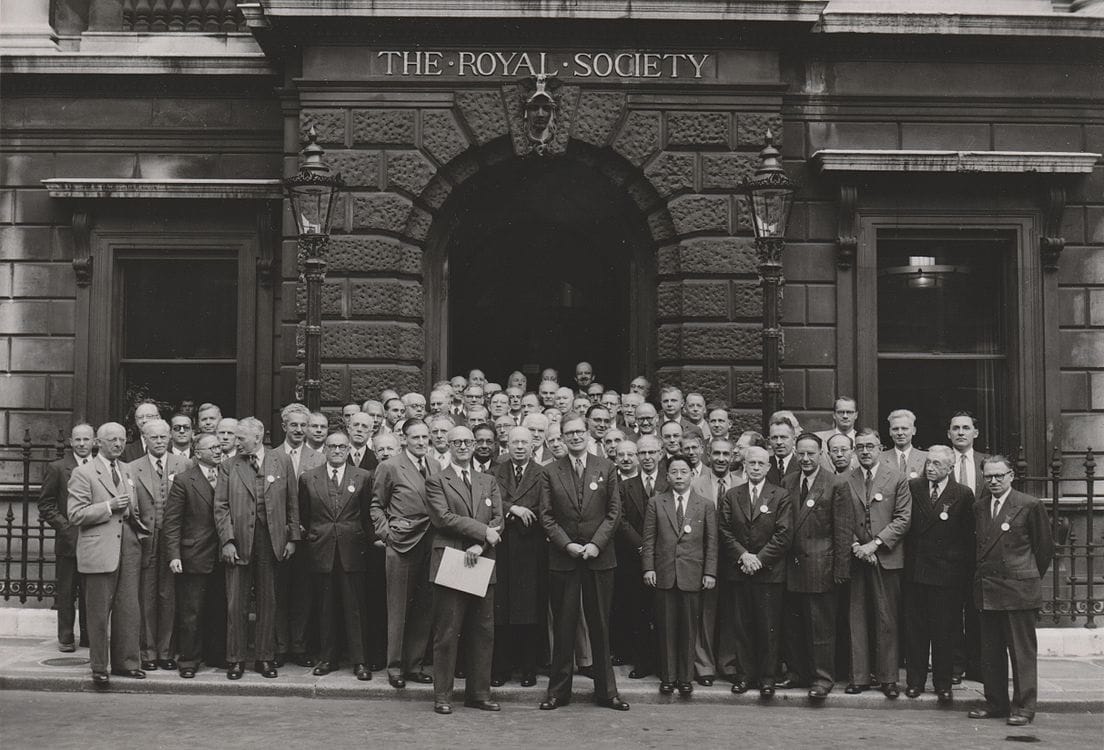
The quest for a Unified Field Theory (UFT) has captivated scientists for decades, promising to unlock the deepest mysteries of the universe by providing a single, comprehensive framework that explains all fundamental forces of nature. This ambitious endeavor seeks to unify the four fundamental forces: gravity, electromagnetism, the weak nuclear force, and the strong nuclear force, into a single theoretical framework.
The Dream of Unification
The idea of unifying these fundamental forces stems from the desire to simplify and deepen our understanding of the universe. At present, each force is described by its own theory: General Relativity for gravity and Quantum Field Theory for the other forces. Yet, these theories are fundamentally distinct, with different mathematical formalisms and conceptual foundations.
The dream of unification began with Einstein’s efforts to unite gravity with electromagnetism. His pioneering work laid the groundwork for subsequent generations of physicists to pursue a more comprehensive theory. Over time, the Standard Model of particle physics emerged, successfully combining electromagnetism with the weak and strong nuclear forces, but leaving gravity as the outlier.
Challenges and Breakthroughs
The path towards a Unified Field Theory is fraught with challenges. One major obstacle is the scale disparity between gravity and the other forces. Gravity is incredibly weak compared to the other forces, making it difficult to reconcile within the quantum framework of the Standard Model.
Several theoretical frameworks have been proposed in pursuit of unification, such as string theory, loop quantum gravity, and supersymmetry. String theory, in particular, posits that all fundamental particles are actually tiny, vibrating strings of energy, offering a potential avenue for unification. However, definitive experimental evidence remains elusive.
Is Explanation Possible?
The question of whether a Unified Field Theory can be explained is a matter of ongoing debate and research. The complexity of the task lies not only in the mathematical formulation but also in the philosophical implications. Can a single theory truly encapsulate the entirety of physical reality?
Some scientists argue that the pursuit of unification itself is a quest for deeper understanding, even if a complete theory remains elusive. The very act of seeking a Unified Field Theory drives innovation and pushes the boundaries of human knowledge.
Future Directions
As scientific tools and technologies continue to advance, the pursuit of a Unified Field Theory remains a focal point of theoretical physics. The development of powerful particle accelerators, space-based observatories, and computational tools provides hope for new insights into the nature of fundamental forces.
Moreover, interdisciplinary collaboration across fields such as mathematics, computer science, and philosophy enriches the discourse surrounding unification. By integrating diverse perspectives, scientists can approach the problem from multiple angles, potentially shedding light on previously unexplored avenues.
While the journey towards a Unified Field Theory is complex and uncertain, it represents a testament to human curiosity and the relentless pursuit of knowledge. Whether or not a single theory can explain all fundamental forces, the pursuit of unification continues to inspire and challenge generations of physicists to unravel the mysteries of the universe.






